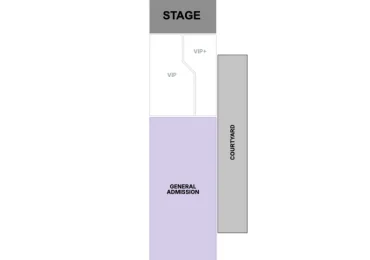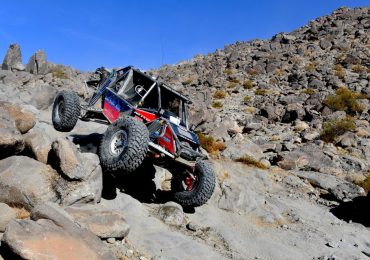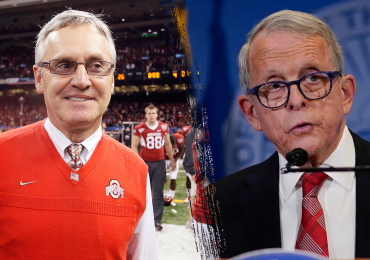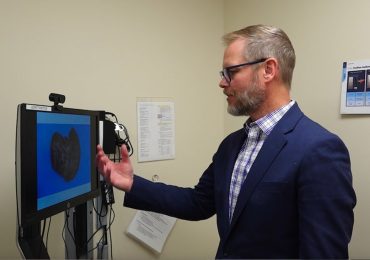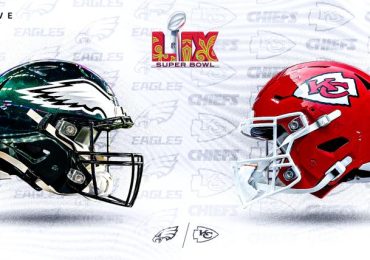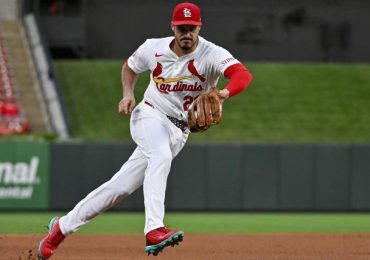Legacy Motor Club has become fascinated by foam.
D3O is a British company that manufactures a patented orange foam material that can be used in helmets, footwear, body protection and even phone cases. The product can come in many different forms to serve individuals dealing with impacts, vibrations and fatigue, and be used not just in sports but in other settings like the U.S. Department of Defense and NASA.
It can also be found in the cockpit of the Toyotas at Legacy Motor Club. The organization is using its ST sheets (a soft, flexible and versatile material frequently used in limb, back, and check protectors) and AeroMAX (larger sheets of the performance properties) in the knee knocker device, which is under the steering column and is an area where a driver’s legs can move around in an impact.
“There wasn’t much there at all,” Joey Cohen, the vice president of race operations at Legacy Motor Club, explained to RACER. “You have drivers getting numb – the backs of their legs were getting numb, their butt cheeks were getting numb.”
When teams migrated to the Next Gen car in 2022, some of the comfort areas in the car changed, and drivers began feeling different things for the first time. For instance, the pedal box is now fixed to the floor of the car, and the floor of the car produces a lot of heat and vibration on a driver’s feet. The older generation cars had the pedals hanging off the chassis.
“There was a lot more attachment going to the driver’s bodies from those areas,” Cohen said. “It’s very similar to other forms of motorsports with high-frequency vibration, and not allowing that constant vibration to just start to numb your nerves in your legs and lower portion of the torso. So, we’re still learning.”
A lot of progress has already been made through the partnership. It extends beyond the physical components used in the cars to information sharing between Legacy Motor Club and D3O.
“After Erik (Jones) got injured in Talladega, they were one of the first calls on Monday morning of wanting to know more and wanting to talk about it,” Cohen said. “Some of the things they’ve exposed to us – we went through a slide deck of cars that race in the Dakar Rally and what their seats look like, because all they’re doing is jumping off things and compressing their spines for thousands of miles.
“There were some really some interesting elements there: how they approach things in the spinal area of the seat with the foam, how to better position yourself in the seat to absorb that kind of impact. And we had some conversations about the Formula 1 technology because Red Bull and Ferrari both use some D3O stuff.”
For too long, Cohen has felt teams would take the technology produced, apply it, and not ask too many questions. Legacy Motor Club has used this partnership to educate itself on foam and what it can do, and when Jones suffered a compression fracture in his lower back in late April, it led them to ask a lot of questions.
 Legacy Motor Club and D3O both used Erik Jones’s accident at Talladega as an opportunity to improve their understanding of what happens to the area surrounding a driver when a Next Gen car crashes. Motorsport Images
Legacy Motor Club and D3O both used Erik Jones’s accident at Talladega as an opportunity to improve their understanding of what happens to the area surrounding a driver when a Next Gen car crashes. Motorsport Images
“But why?” said Cohen of those questions. “Why is it like this? And then you ask questions for a month of ‘why’ and you end up changing six or seven things. The one area we identified really quickly – and there are some proprietary areas that we don’t discuss as much – that was concerning in the Next Gen car with crashes was how your legs move around. We now run leg containments over their legs because there was enough movement.”
The technology has been in the Legacy Motor Club cars all season, and it’s evolved from the knee knocker area to include the driver’s headrest. D3O can make a variety of products in different molecular shapes.
“The interesting part about the headrest and the head injuries, it’s not just the initial impact but the secondary and third impacts,” Cohen said. “You can see them on the in-car cameras when the driver hits the headrest (multiple) times.”
It has been a fascinating experience for Cohen and others, not just in understanding how foam reacts in an impact, but how it then recovers. A lot of that happens in a laboratory, because it’s one thing to test foam while it’s sitting on a table, but it’s another to evaluate it after it goes through an environment such as a NASCAR race in a hot race car – and any impacts.
D3O has taken foam back from Legacy Motor Club after putting miles on it to dig into the data. It helps the company identify what can be done better and what properties of the material change throughout the season.
Cohen believes driver comfort equates to performance. By making areas of the car better for them it removes any doubt in a driver’s mind about their comfort level and what might happen in an impact. And that translates to full focus on the job.
Legacy Motor Club had been exploring options around driver comfort when they came across D3O, which turned into a cold call. It turns out that it was a well-timed call since D3O was looking for a way into the NASCAR market. But Legacy didn’t want to just put a sticker on the car for a sponsorship, they wanted a legitimate partnership.
It didn’t take long for everything to come together. Next comes connecting D3O to the competition department at NASCAR.
“D3O has a great history and track record of stepping into these multiple areas and solving problems or issues as it relates to impact absorption and what comes in contact with the driver,” Cohen said. “The goal of everybody in the series is to come up with ideas; safety is a never-ending journey. We obviously went through a heavy period with Erik but we should always be looking for how to make better decisions. We always find ways to expose some sort of area that could be an issue or problem. So, we really enjoy the partnership with D3O.
“It’s cool when you can find companies in motorsports and then have another aspect that they bring. Most motorsports companies say, ‘Hey, we can make your car faster. Hey, we do this or solve this problem.’ But this was an interesting element that they brought to the table.”
The biggest thing Cohen stressed is that the partnership is in its infancy stage. There is no telling where it could go, but Cohen believes it will eventually be beyond the simple things he’s sharing right now.
“You don’t think foam can be a performance enhancer and they’ll take and show you what Red Bull is doing, and it’s like, oh that’s pretty interesting,” Cohen said. “It’s almost hilarious. We say these guys drive off the seat of their pants. Well, if you lose the feeling in your lower extremities, you can’t drive the car as well, and you don’t know what it’s doing. So, it was like, well, maybe we need to enhance that and actually do need to care about that.
“It seems far-fetched. In the early stages of anything, it seems kind of silly to think about or work on, but there’s another higher motorsports series doing it, too.”



